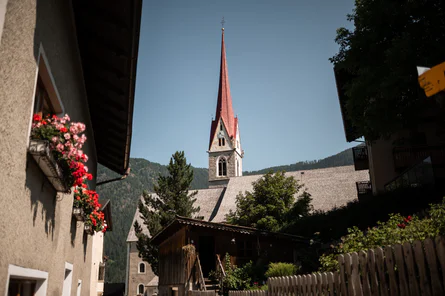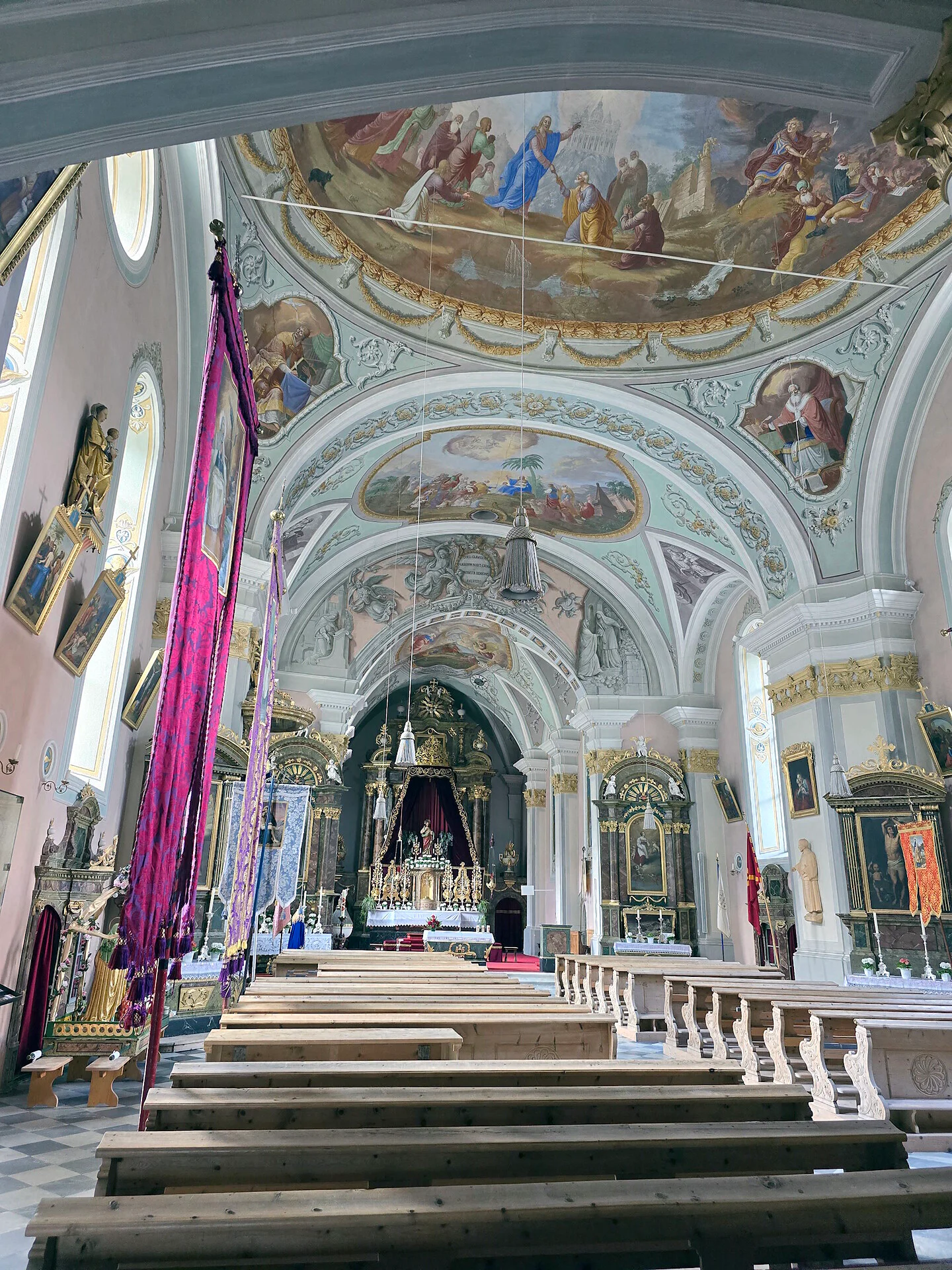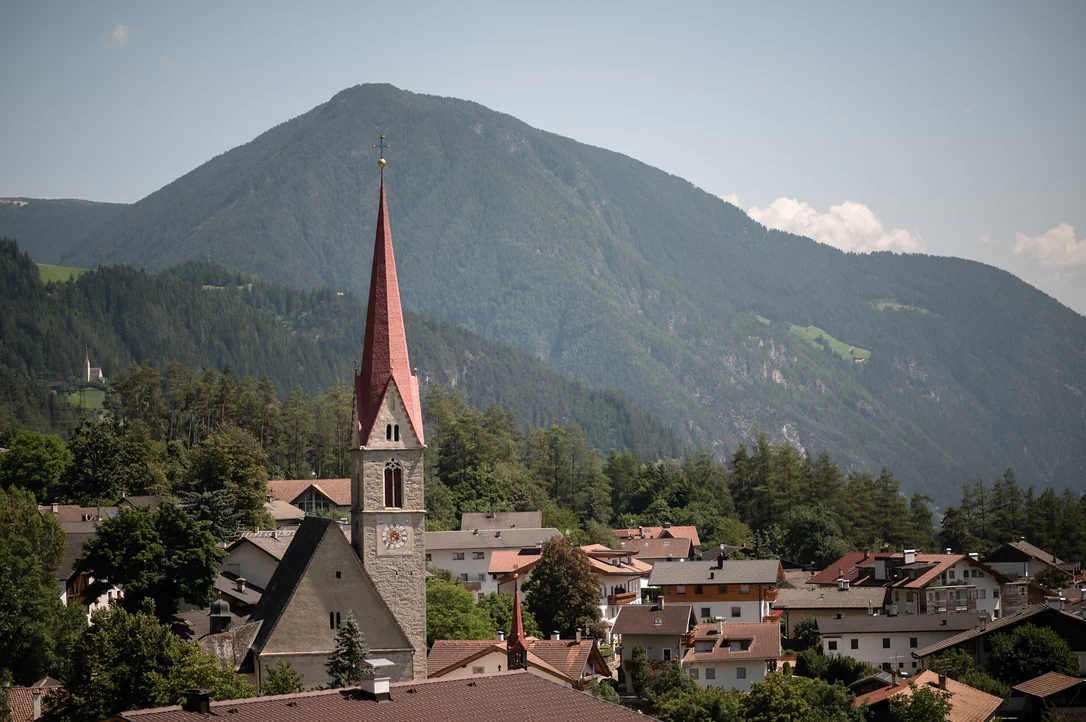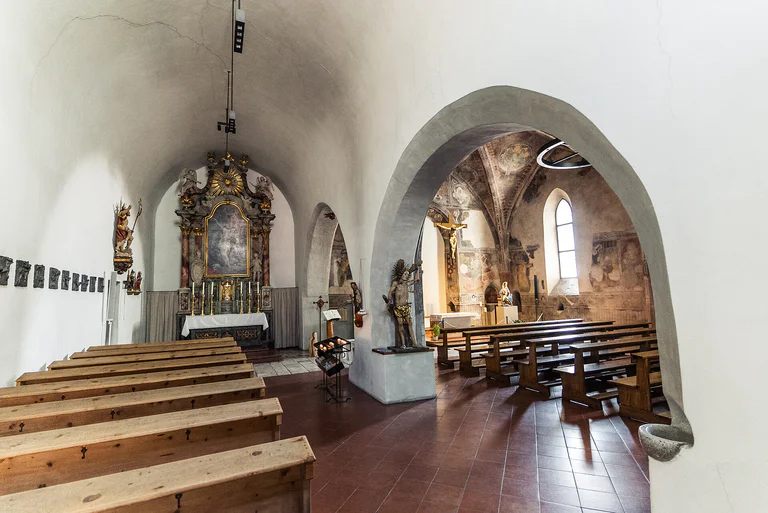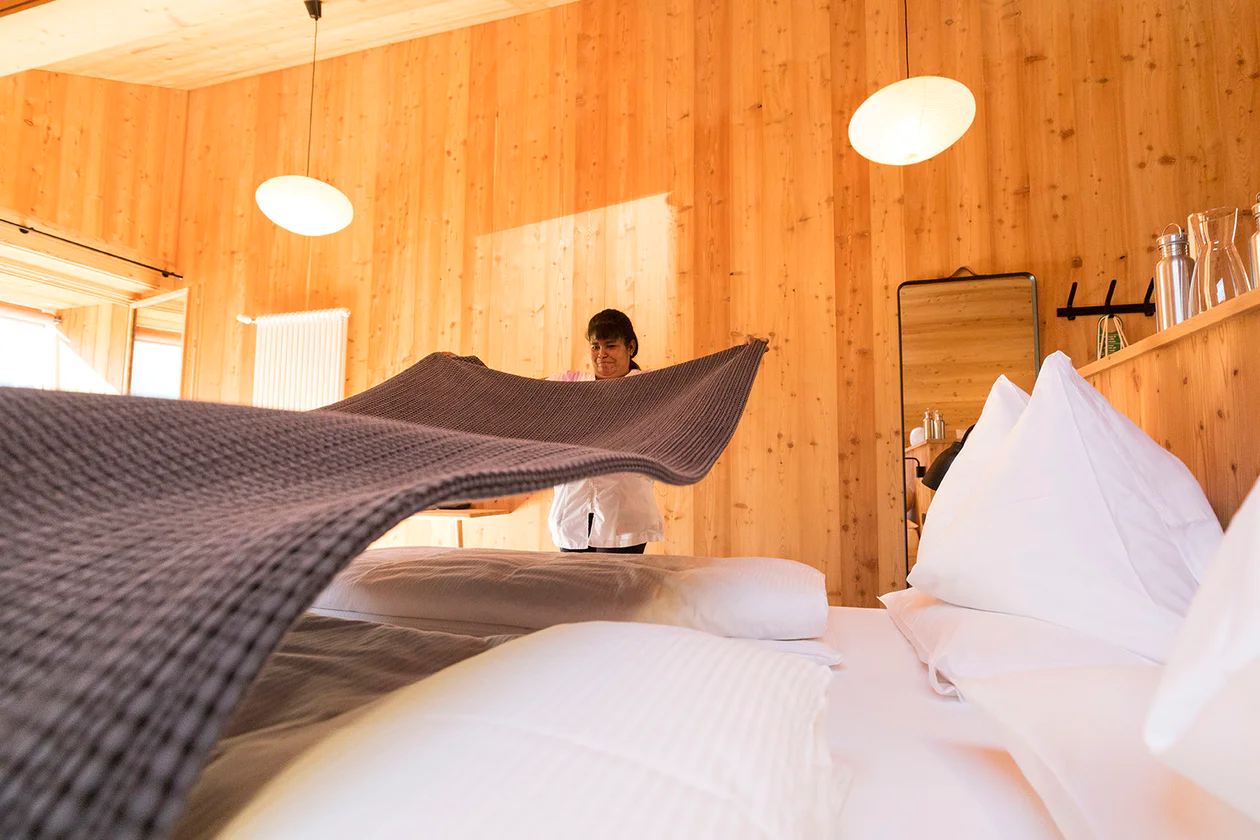The Town Hall of Sterzing is considered a true gem in the entire Tyrolean region. It was built in the years 1468 - 1473, and the distinctive bay window was added in 1524 during a renovation. The Gothic council chamber, with simple paneling and beamed ceiling, is considered the most beautiful in all of Tyrol. The rooms of the Town Hall have been repeatedly used for historical meetings: in 1525, the emergency council met in the council chamber during the peasant uprising, and from the 15th to the 17th century, several sessions of the Tyrolean Landtag were held there. Additionally, members of the imperial family were received there (Emperor Maximilian, King Philip of Spain, Archduke Ferdinand, Maria Theresa, Joseph II, and many others).
In the courtyard, flooded with light by flat arch windows on the south wall, various museum objects related to the city's history are exhibited. The Town Hall is connected to a citizens' hall, named after Vigil Raber, born in Sterzing and the first theater publisher in the German-speaking world.
In the courtyard at the end of the ground-level gallery, finds from the history of Roman settlement are displayed. A copy of the "Mithras stone" found in Mauls in Freienfeld bears witness to the well-known mystery cult practiced by many Roman soldiers. The adjacent Roman milestone (circa 200 AD) confirms the expansion of the Roman road along the Brenner Route under Septimius Severus.
The courtyard and the historic council chamber are open to visitors during the Town Hall's opening hours.
